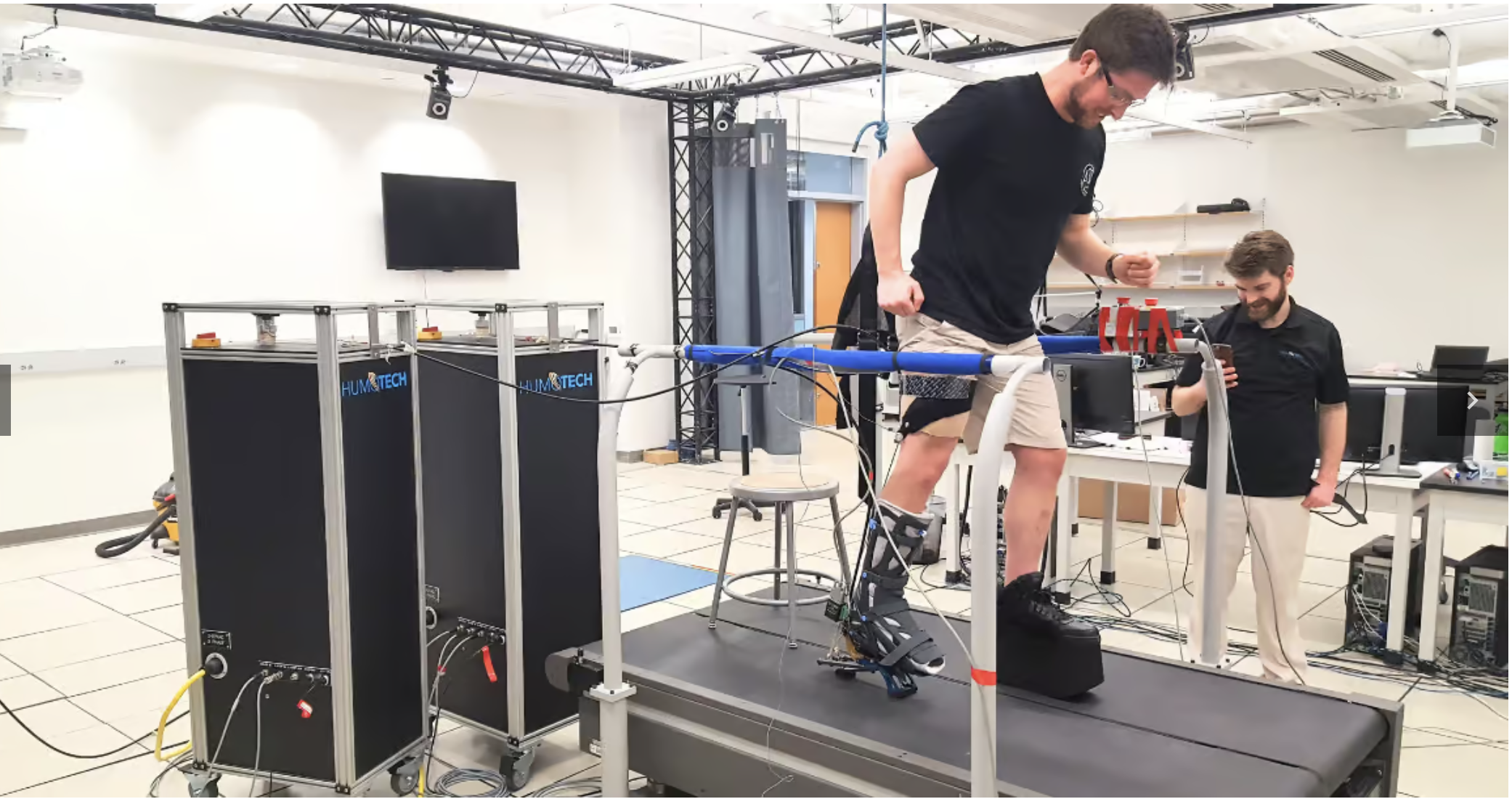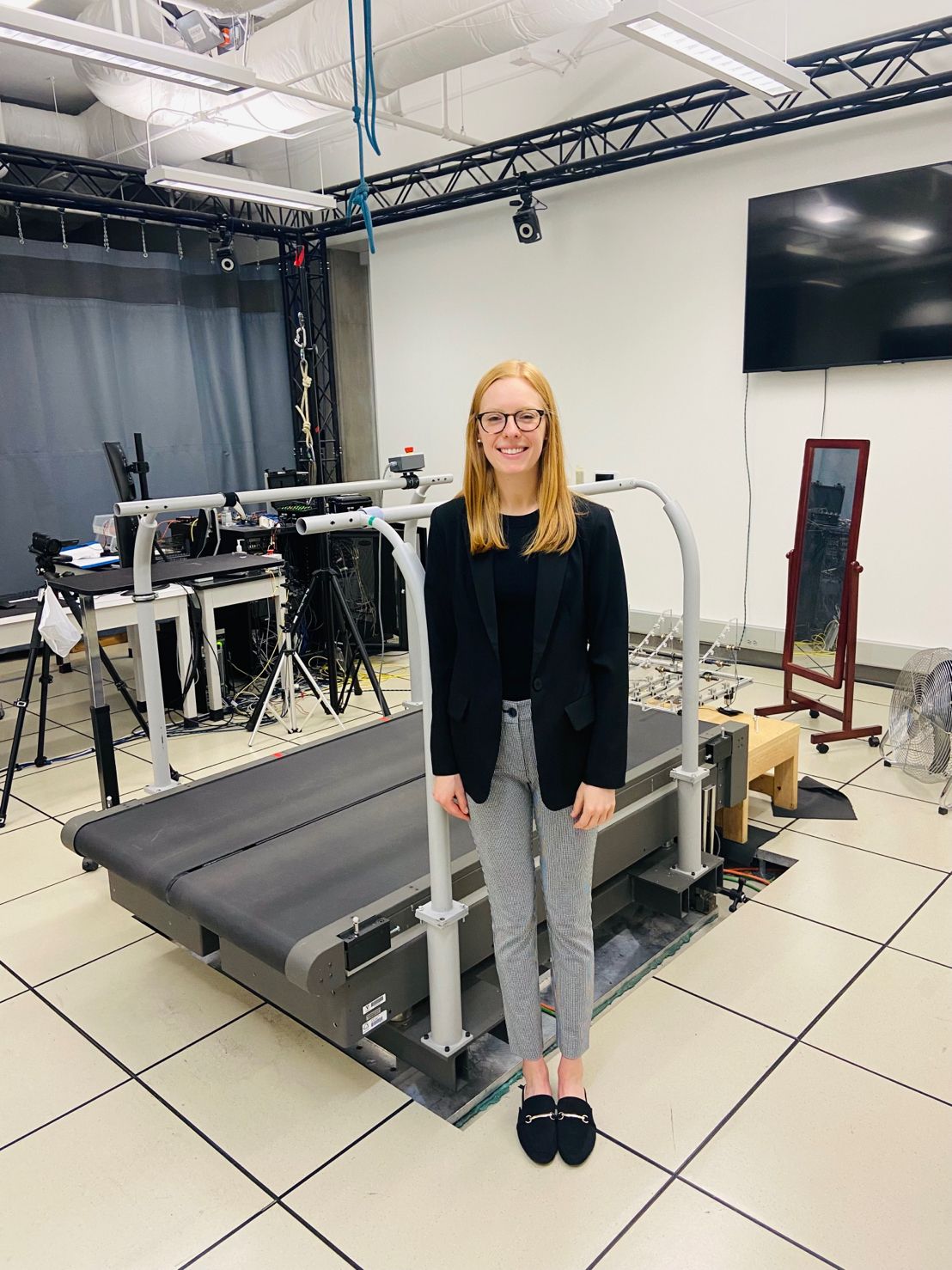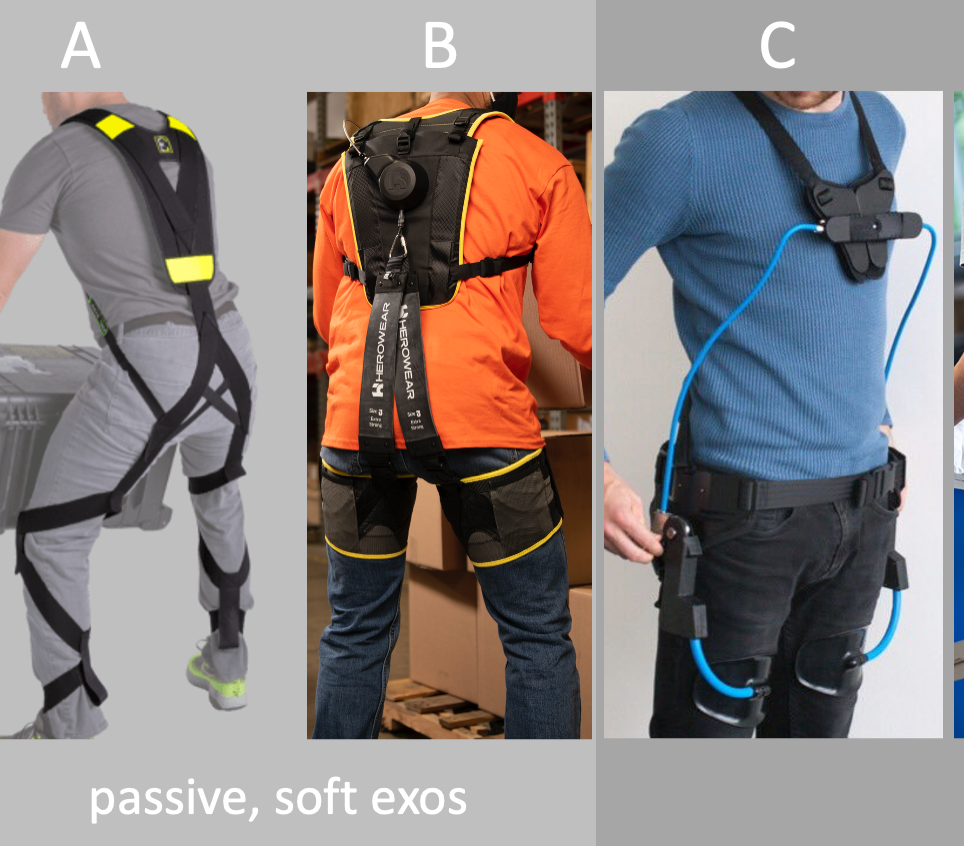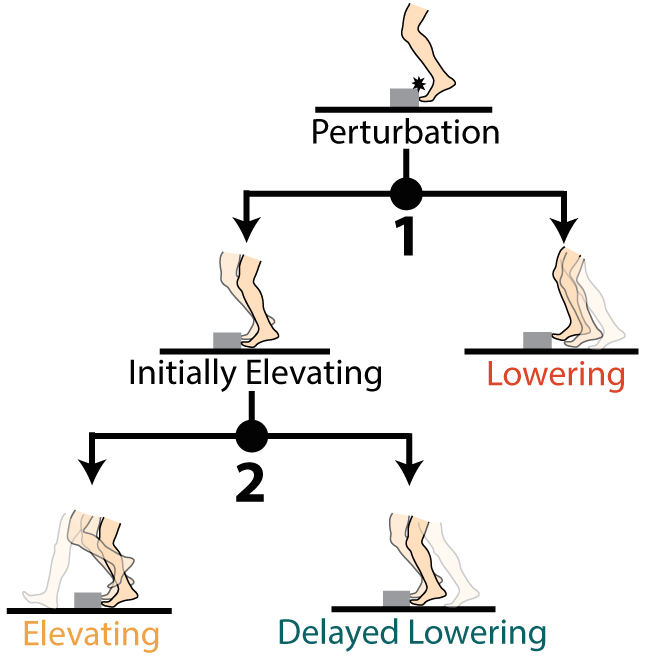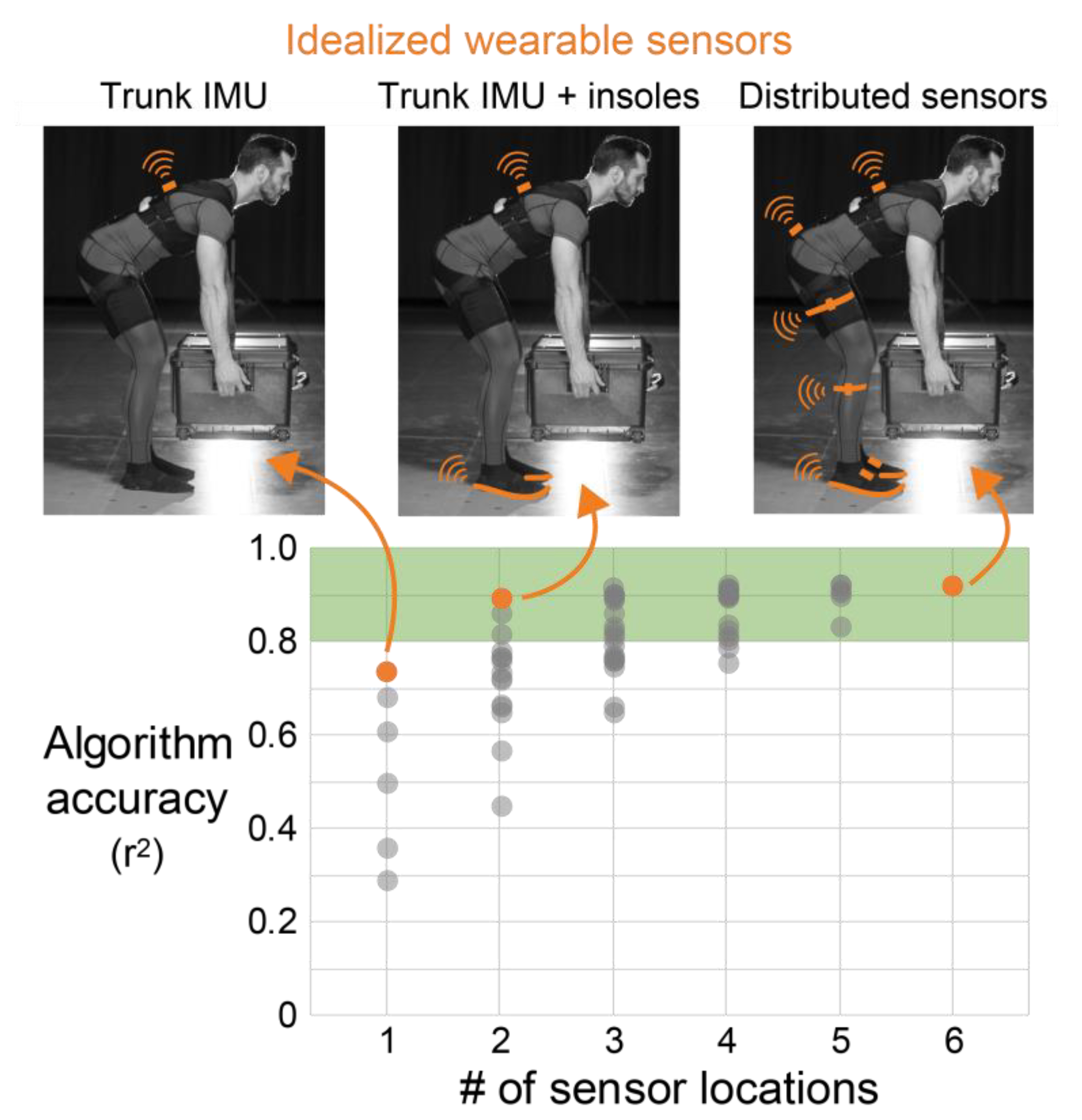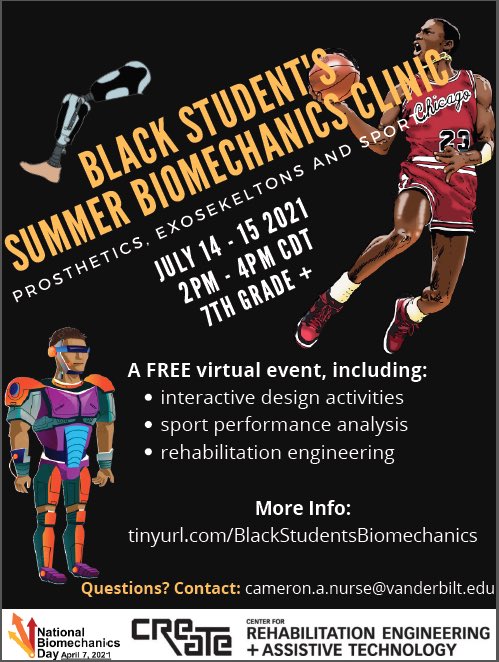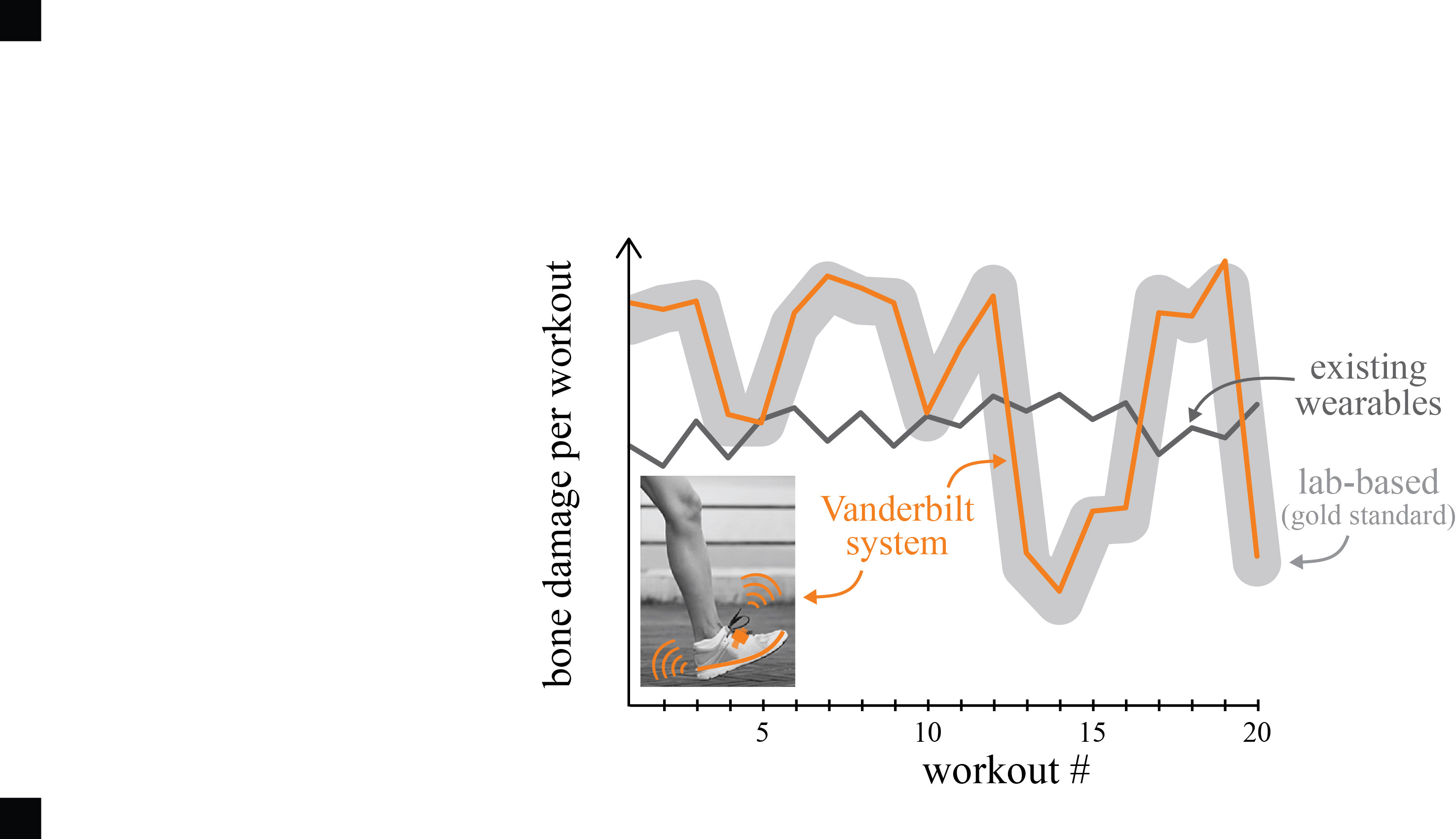News
🚨 Research News has Moved/Changed to a Daily Science/Tech Blog (No Longer Posted on this Sidebar) | Link: typeshare.co/karlzelik
Dec. 7, 2023—Research updates are no longer posted here on this sidebar. Instead, I created a dedicated science blog site where I share daily research updates, advice, insights, and new publications from our Vanderbilt lab and others working in the fields of biomechanics and wearable technology. Science Blog: https://typeshare.co/karlzelik Or follow me on LinkedIn: https://www.linkedin.com/in/karlzelik/
Case Studies: How We Use Humotech Robotic Emulator System to Advance Research
Dec. 1, 2023—Humotech highlighted various ways we have used their robotic emulator system to advance translational R&D. Learn more here: https://humotech.com/case-studies/demystifying-biarticular-actuation/ https://humotech.com/case-studies/protecting-workers-backs/
Congrats to Dr. Maura Eveld on Completing her PhD
Aug. 10, 2022—Dr. Eveld successfully defended her PhD dissertation entitled “The design, implementation, and assessment of stumble recovery behaviors for robotic lower-limb prostheses and exoskeletons.” 👏 🎉 We’re proud of all she accomplished and contributed to CREATE during her time here at Vanderbilt. Next, she is off to do a postdoc in the Netherlands at the University...
New publication: Unilateral below-knee prosthesis users walking on uneven terrain: The effect of adding a toe joint to a passive prosthesis
Jun. 2, 2022—Link: https://www.sciencedirect.com/science/article/pii/S0021929022001671 Abstract Lower limb prosthesis users cite uneven terrain as a challenging surface to walk on. We sought to determine whether adding a Flexible toe joint to a prosthetic foot would be preferred by unilateral below-knee prosthesis users relative to a Locked (non-articulating) toe joint for walking on uneven terrain. We also quantified lower...
New publication: An ergonomic assessment tool for evaluating the effect of back exoskeletons on injury risk
Feb. 11, 2022—Excited to share our new publication in the Journal of Applied Ergonomics: https://www.sciencedirect.com/science/article/abs/pii/S0003687021002660 Or check out the accompanying online ergonomic assessment calculator: https://lab.vanderbilt.edu/zelik/resources/exo-lifft/ Abstract Low back disorders (LBDs) are a leading injury in the workplace. Back exoskeletons (exos) are wearable assist devices that complement traditional ergonomic controls and reduce LBD risks by alleviating...
New Publication: Development and Evaluation of a Prosthetic Ankle Emulator With an Artificial Soleus and Gastrocnemius
Jan. 5, 2022—Link: https://asmedigitalcollection.asme.org/medicaldevices/article/15/4/045001/1120619 Abstract In individuals with transtibial limb loss, a contributing factor to mobility-related challenges is the disruption of biological calf muscle function due to transection of the soleus and gastrocnemius. Powered prosthetic ankles can restore primary function of the mono-articular soleus muscle, which contributes to ankle plantarflexion. In effect, a powered ankle acts like an...
New Publication: On the Basis for Stumble Recovery Strategy Selection in Healthy Adults
Jul. 28, 2021—Link: https://asmedigitalcollection.asme.org/biomechanical/article/143/7/071003/1098853 Abstract Healthy adults employ one of three primary strategies to recover from stumble perturbations—elevating, lowering, or delayed lowering. The basis upon which each recovery strategy is selected is not known. Though strategy selection is often associated with swing percentage at which the perturbation occurs, swing percentage does not fully predict strategy selection; it is...
New publication: A promising wearable solution for the practical and accurate monitoring of low back loading in manual material handling
Jul. 1, 2021—Link: https://www.mdpi.com/1424-8220/21/2/340/htm Abstract (1) Background: Low back disorders are a leading cause of missed work and physical disability in manual material handling due to repetitive lumbar loading and overexertion. Ergonomic assessments are often performed to understand and mitigate the risk of musculoskeletal overexertion injuries. Wearable sensor solutions for monitoring low back loading have the potential to...
Introduction to Biomechanics Series for Black Students
May. 21, 2021—Zelik Lab is excited to announce we will be offering a FREE, virtual two-day biomechanics series for minority middle and high school students! When: Wednesday, July 14th, and Thursday July 15th from 2pm – 4pm CDT Who: All Black students in the 7th grade or higher can sign up by filling out the Google Form...
Summer opportunity for high school females to learn about biomechanics
Apr. 7, 2021—We are excited to be offering a FREE, virtual, four-part biomechanics series to female high school students! This event occurred in June 2021. It was an amazing week exploring biomechanics, sports performance, and rehabilitation engineering. If you are interested in any of the series content to share with students or help with your own outreach...
Multiple Staff & Postdoc Openings Expected in Early 2021
Dec. 18, 2020—Research Engineer & Coordinator – POSITION HAS BEEN FILLED This individual will contribute to a variety of multidisciplinary research projects at the intersection of human movement biomechanics and wearable assistive devices (exoskeletons, prostheses, smart clothing, wearables). They will spend part of their time assisting with human subject data collections, data analysis and engineering device development, and...
Vanderbilt Spotlight on PhD Student Maura Eveld
Dec. 18, 2020—https://engineering.vanderbilt.edu/MGSMauraEveld.php
Congrats to Dr. Emily Matijevich on Completing her PhD
Dec. 18, 2020—Dr. Emily Matijevich’s dissertation was entitled Evaluation and Design of Non-Invasive, Wearable Musculoskeletal Monitoring Tools for Research, Occupational and Sport Applications and she published a series of exciting studies on wearable sensor and ultrasound imaging technologies to monitor musculoskeletal dynamics. See Publications page for more info.
New Publication: Combining wearable sensor signals, machine learning and biomechanics to estimate tibial bone force and damage during running
Dec. 1, 2020—Matijevich E. S., Scott, L. R., Volgyesi, P., Derry, K. H., and Zelik, K. E. (2020). Combining wearable sensor signals, machine learning and biomechanics to estimate tibial bone force and damage during running.Human Movement Science, 74, 102690. ARTICLE – PREPRINT – PRESS RELEASE – POPULAR PRESS Highlights • Current wearables do not estimate tissue-level loads on structures inside the body.•...
CREATE receives Research-to-Standards award from ASTM Exo Technology Center of Excellence
Nov. 30, 2020—Vanderbilt CREATE receives Research-to-Standards award from ASTM Exo Technology Center of Excellence to explore Development of a New Exoskeleton Safety Standard for Assessing User FallRisk due to Stumbling. The work builds upon Vanderbilt’s prior research on stumble recovery and prosthetics.

